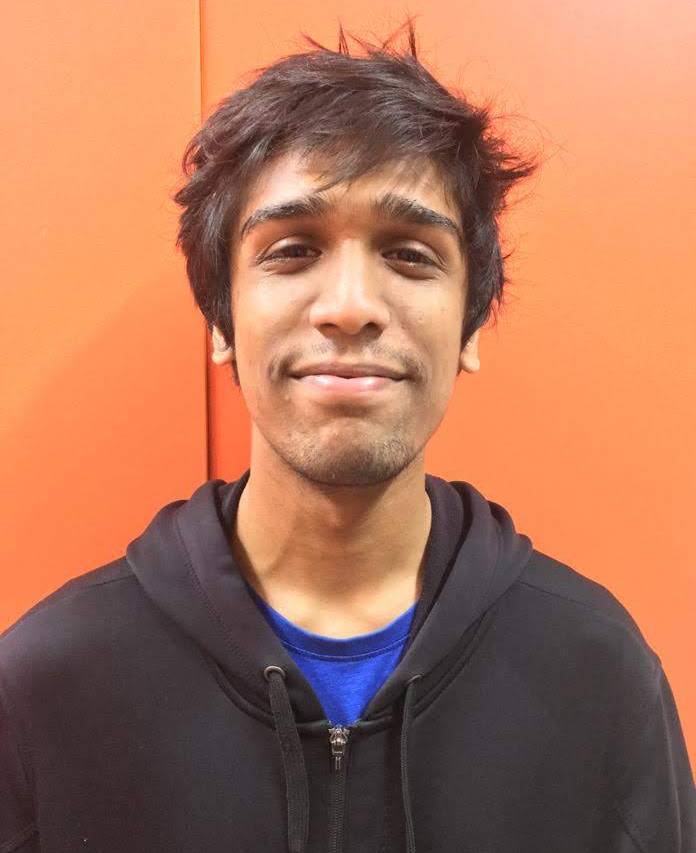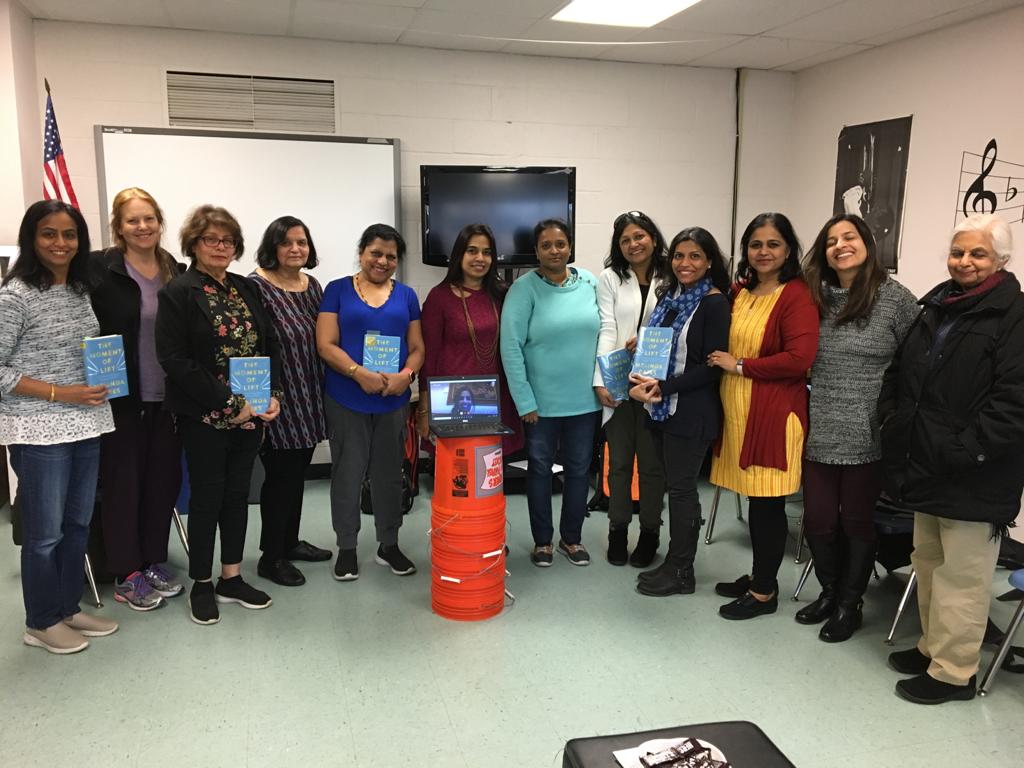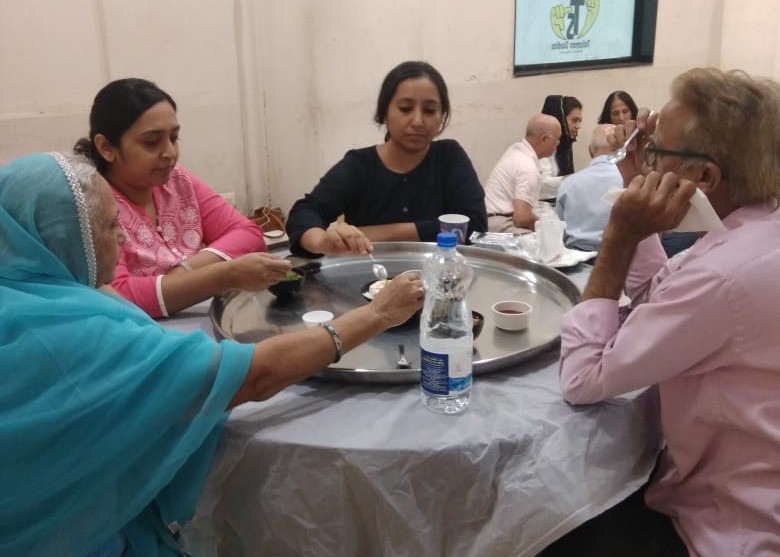February 6th marks the International Day of Zero Tolerance for Female Genital Mutilation/Cutting.
By Jenny Cordle
When Comfort Dudzai was 9 years old, her father’s two sisters and her nanny took her and her cousins to her family’s rural home in Chipinge, in the eastern highlands of Zimbabwe outside of Harare. In six long weeks the three women taught the girls a combination of lessons on hygiene, virginity and marriage.
Each morning the group would gather in the forest near hot springs off the Save River for a lesson. One morning the 9-year-olds were taught how to elongate their labia minora, the inner lips of the vulva, arguably one of the most sensitive parts of female anatomy.
“The men in our culture expect that you have your labia the (length) of your middle finger,” Comfort said. “For the first few sessions, the older ladies actually pull on the labia minora for you.”
Her aunts used their hands and secret herbs for the elongation. “It was a holistic teaching about womanhood, and the labia pulling is just one of the components.”
There is a myth about the herbal mixture being made of bat wings.
“It is painful,” Comfort said. “You cannot cry. You endure.”
Comfort had an allergic reaction to the herbs. “I didn’t think there was anything wrong until I started facing complications,” she said. “I felt safe because these are women I trust and love, and women I know who love me and want the best for me.”
Comfort’s pain didn’t end with the initial allergic reaction. She had complications with the delivery of her first son as a result of the labia elongation, and eventually had a surgical operation due to many infections.
Although there are various forms of female genital mutilation/cutting and different classifications in terms of severity, the World Health Organization (WHO) stops short of explicitly listing labia elongation as Type 4, which “includes all other harmful procedures to the female genitalia for non-medical purposes, e.g. pricking, piercing, incising, scraping and cauterizing the genital area.”
Labia elongation is encouraged to enhance sexual pleasure not only for men, but for women as well. Whether the prior WHO classification, which actually included “stretching of the clitoris and/or labia,” was altered after two researchers published a study suggesting that Rwandan women experience labia elongation as positive is unclear.
Types 1-3 classify what can be construed as reductive types of female genital mutilation/cutting. But labia elongation is not considered reductive since nothing is cut away. Instead the labia is pulled during a series of sessions, in what some deem as modification because the process appears to be devoid of violence. Consent is key.
For Comfort, the idea that girls are coerced into altering their genitals for the pleasure of men, and even for themselves, can be psychologically damaging. She is sharing her story to bring awareness to the process and to protect girls in the future.
“Psychologically, it tells a girl that you’re not enough,” she said. “You need to alter something and there’s something deep about telling a young lady that age that you need to make yourself this way for a man. You’re not good enough. There’s even stories about women who get returned from their marriage — that they need to go and pull that labia longer. It’s very damaging to women. It places the value of the man over the woman.”
Labeling elongation, pulling or stretching as labia modification undermines the harmful effects on girls and connotes agency, whereas in many girls experiences, they aren’t given a choice.
Labia elongation is or has been practiced among groups in several African countries including Benin, Burundi, the Democratic Republic of Congo, Malawi, Mozambique, Namibia, Rwanda, South Africa, Sudan, Tanzania, Uganda, Zambia and Zimbabwe. According to the BBC, it is reportedly happening in the United Kingdom among diaspora communities.
Comfort (Dondo) Dudzai participated in the Voices to End FGM/C workshop led by StoryCenter and Sahiyo, and funded by the George Washington School of Public Health in Washington, D.C.






 Blue Ridge Mountains
Blue Ridge Mountains